Hanumangarh Tourism
Search related to Rajasthan Tourism

Hanumangarh is a district in the state of Rajasthan, located in the northern part of India. It is situated at the confluence of the Ghaggar and the Sutlej rivers, making it a significant location both historically and geographically. Hanumangarh is known for its rich history, diverse culture, and beautiful landscapes.
History
Hanumangarh has a long and illustrious history, dating back to the Indus Valley Civilization. The area was inhabited by the Harappan people, who were known for their advanced civilization and urban planning. The Harappan civilization declined around 1800 BCE, after which the region was inhabited by a number of different tribes and kingdoms.
The area was ruled by the Mauryan Empire in the 3rd century BCE, followed by the Gupta Empire in the 4th and 5th centuries CE. Later, the Rajputs came to power and established their kingdoms in the region. Hanumangarh was ruled by various Rajput dynasties, including the Bhatti Rajputs, the Rathores, and the Shekhawats.
In the 18th century, the area came under the control of the Marathas, followed by the British in the 19th century. After India gained independence in 1947, Hanumangarh became a part of the newly-formed state of Rajasthan.
Geography
Hanumangarh is situated at the confluence of the Ghaggar and Sutlej rivers in northwestern Rajasthan. The district covers an area of 12,645 square kilometers and is bordered by Punjab to the north and Haryana to the east. The district is predominantly agricultural, with the majority of the population engaged in farming. The region is known for its fertile alluvial soil, which is ideal for growing crops like wheat, rice, and cotton.
The district is divided into two distinct geographical regions: the sandy plain of the Thar Desert in the west and the fertile plains of the Sutlej river in the east. The district is home to a number of small hills, including the Hanumangarh Hill, which is believed to have been the site of an ancient fort.
Demographics
According to the 2011 Census of India, Hanumangarh district has a population of 1,779,650, with a sex ratio of 903 females per 1000 males. The literacy rate is 70.47%, which is lower than the national average. The district has a large number of Scheduled Castes and Scheduled Tribes, who make up a significant portion of the population.
The major languages spoken in the district are Hindi, Punjabi, and Rajasthani. The majority of the population follows Hinduism, with Islam and Sikhism also represented.
Economy
Hanumangarh is primarily an agricultural district, with the majority of the population engaged in farming. The region is known for its fertile soil and abundant water supply, making it ideal for cultivating crops like wheat, rice, and cotton. The district is also home to a number of small-scale industries, including cotton ginning, mustard oil production, and brick making.
- State :
- Rajasthan
How to Reach Hanumangarh
Complete List of Tehsils in Hanumangarh District, Rajasthan
| S.No | Tehsil / Taluk Name | District Name | State Name |
|---|---|---|---|
| 1 | Bhadra | Hanumangarh | Rajasthan |
| 2 | Bhdra | Hanumangarh | Rajasthan |
| 3 | Gajsinghpur | Hanumangarh | Rajasthan |
| 4 | Hanumangarh | Hanumangarh | Rajasthan |
| 5 | Hanumangarh Jn. | Hanumangarh | Rajasthan |
| 6 | Hanumangrh | Hanumangarh | Rajasthan |
| 7 | Kohlan | Hanumangarh | Rajasthan |
| 8 | Nohar | Hanumangarh | Rajasthan |
| 9 | Pilibanga | Hanumangarh | Rajasthan |
| 10 | Pilibangan | Hanumangarh | Rajasthan |
| 11 | Rawatsar | Hanumangarh | Rajasthan |
| 12 | Rawatsar. | Hanumangarh | Rajasthan |
| 13 | Sadulshahar | Hanumangarh | Rajasthan |
| 14 | Sangari | Hanumangarh | Rajasthan |
| 15 | Sangaria | Hanumangarh | Rajasthan |
| 16 | Snagaria | Hanumangarh | Rajasthan |
| 17 | Tibbi | Hanumangarh | Rajasthan |
Discover Exciting Places to Visit in Agra, Uttar Pradesh - Your Ultimate Travel Guide
Are you ready to explore the wonders of Agra, Uttar Pradesh? From the majestic Taj Mahal to hidden gems waiting to be discovered, our travel guide unveils the most captivating
Explore Exciting Places to Visit in Mumbai, Maharashtra - Your Ultimate Travel Guide
Ready for an adventure? Mumbai, in the beautiful state of Maharashtra, is packed with amazing places waiting to be explored! From iconic landmarks to hidden gems, Mumbai has something for
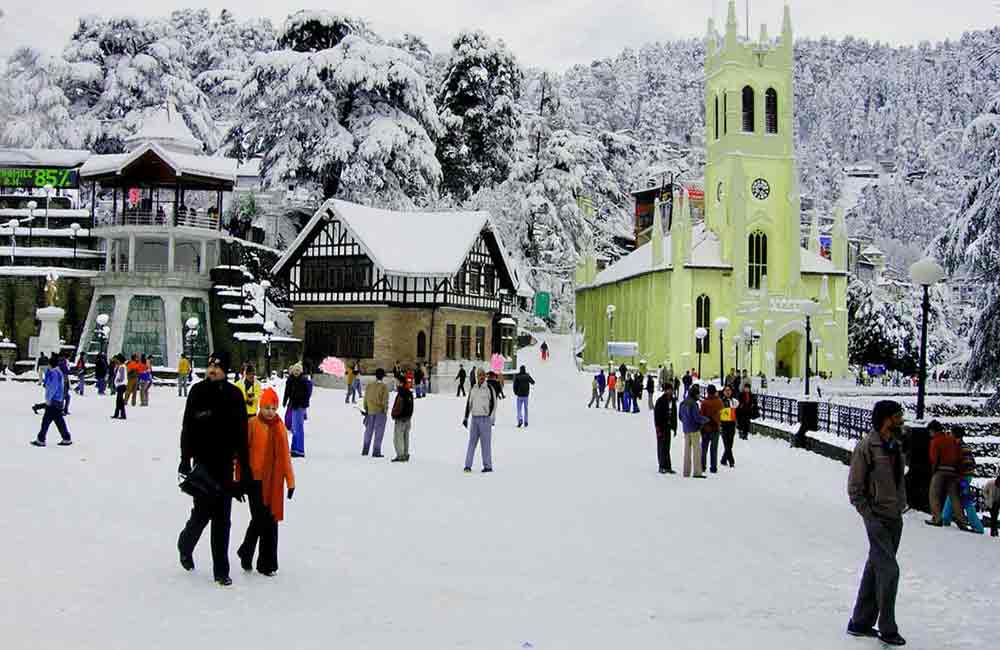
Explore the Wonderful Places to Visit in Manali, Himachal Pradesh - Your Ultimate Guide!
Ready for an exciting adventure? Discover the places to visit in Manali, Himachal Pradesh! From snowy mountains to lush valleys, there's something for everyone. Plan your trip now and explore
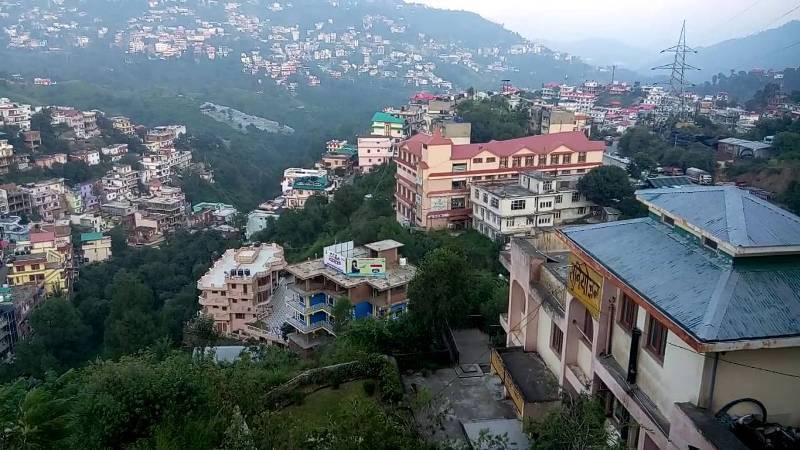
Places to Visit in Solan Himachal Pradesh - Explore the Best Tourist Spots
Discover the enchanting beauty of Solan Himachal Pradesh by exploring its myriad tourist spots. Whether you're seeking adventure or tranquility, Solan has something for everyone. From lush green valleys to
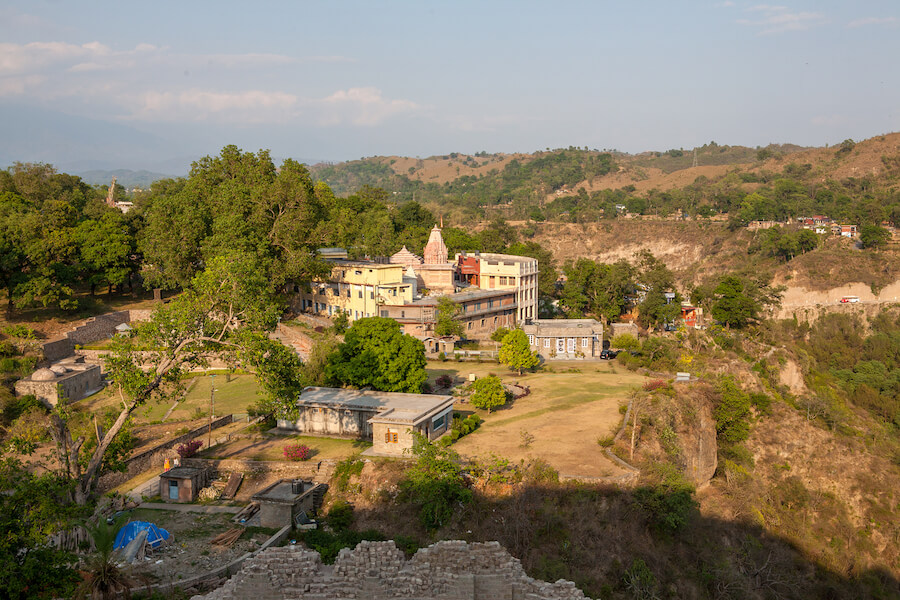
Discover the Best Places to Visit in Kangra, Himachal Pradesh: A Traveler's Guide
Ready for an exciting journey? Kangra, Himachal Pradesh welcomes you with open arms! Explore ancient temples, lush landscapes, and more in this enchanting valley. Let's uncover the best places to

Explore Incredible Places to Visit in Varkala, Kerala: A Guide
Are you ready for an adventure? Varkala in Kerala is waiting for you! Discover the magic of this beautiful place with our guide to the best places to visit. From
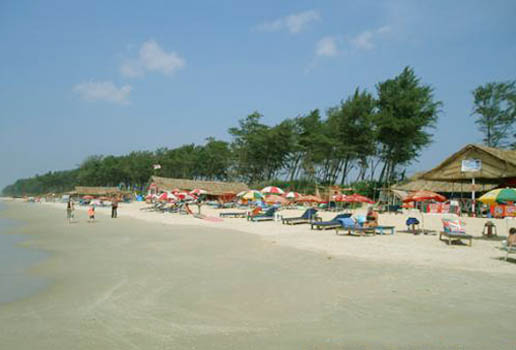
Explore Panaji, Goa: Discover the Best Places to Visit in the City
Ready for an adventure? Panaji, located in Goa, is packed with exciting places to visit. From ancient forts to picturesque beaches, there's never a dull moment in this lively city.
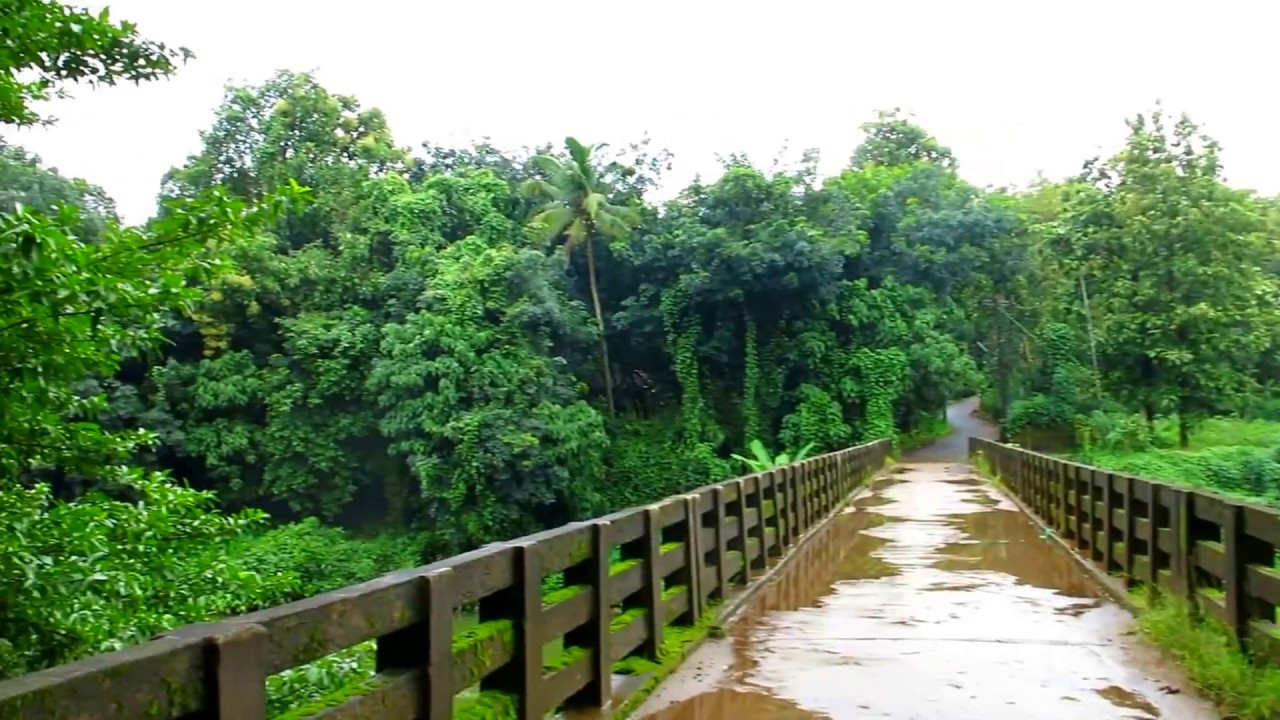
Explore the Best Places to Visit in Thrissur, Kerala – A Perfect Guide for Your Next Adventure!
Are you ready to explore Thrissur, Kerala? Get ready for an exciting journey through this vibrant city! Discover its rich history, stunning landmarks, and fascinating culture. With our guide to
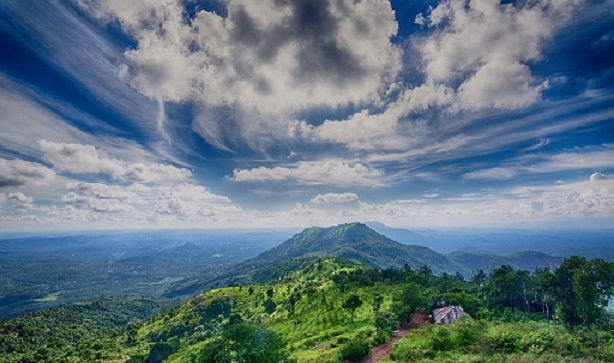
Explore the Best Places to Visit in Malappuram, Kerala - A Traveler's Guide
Dive into the beauty of Malappuram, Kerala with our ultimate travel guide! From picturesque beaches to fascinating historical sites, explore the best places to visit in Malappuram Kerala. Whether you're
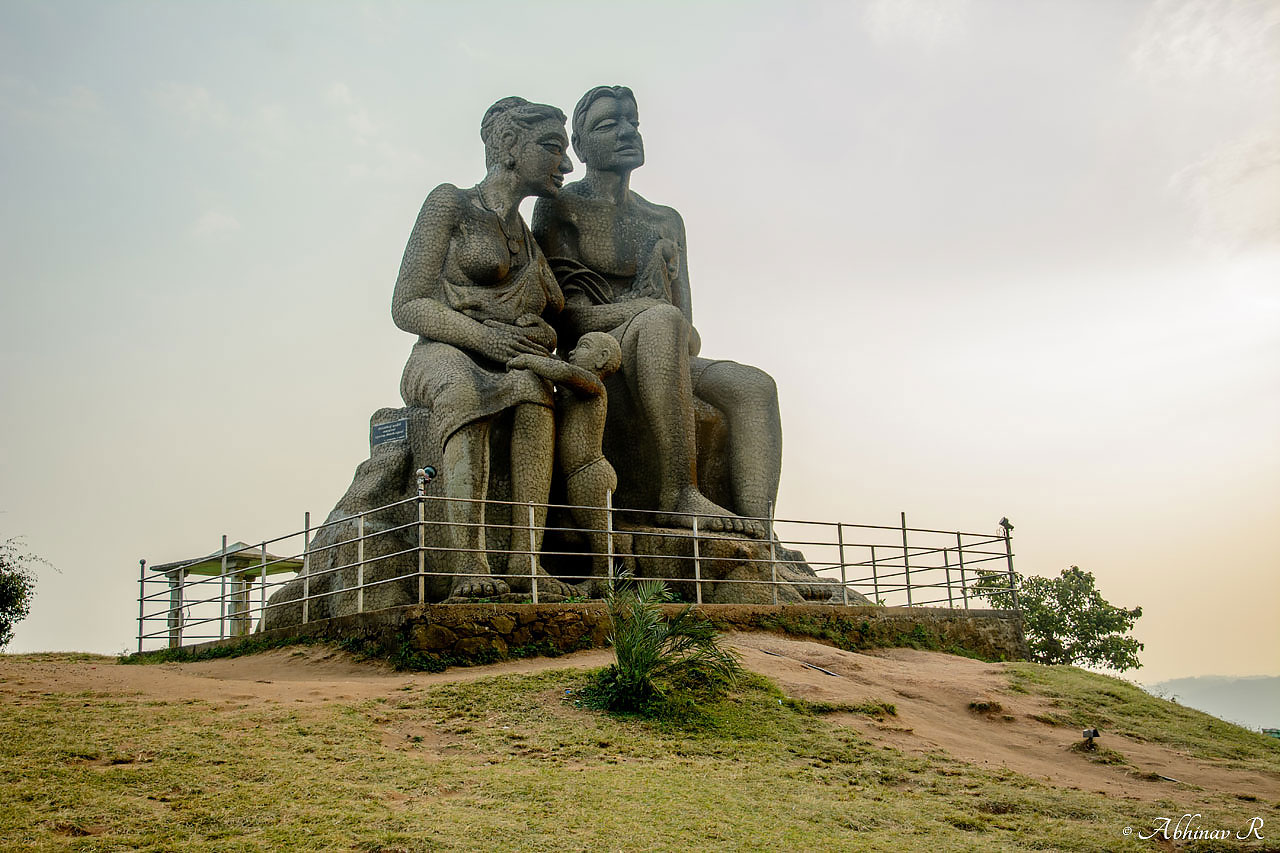
Explore the Best Places to Visit in Idukki, Kerala - A Traveler's Guide
Discover the mesmerizing beauty of Idukki, Kerala with our guide to the best places to visit. From breathtaking landscapes to serene lakes, explore the charm of this enchanting destination. Whether
- Rajasthan Destinations
- Wildlife in Rajasthan




